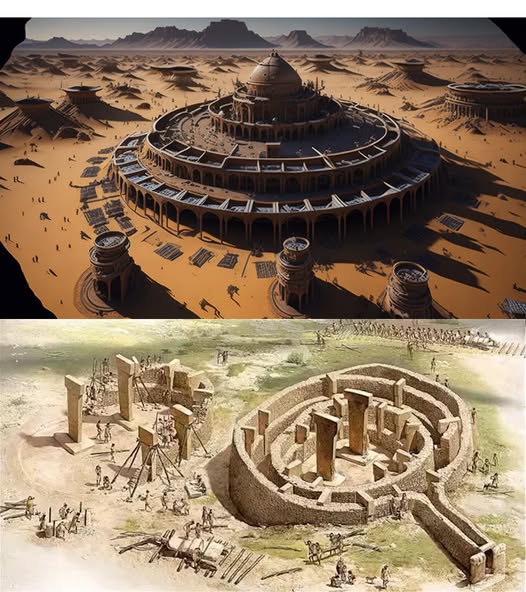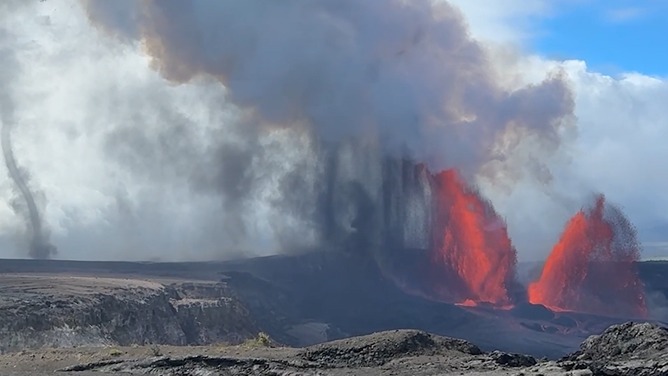
The rock blocks you see in the picture, weighing several tonnes and up to almost 7 metres high, are at least 11,000 years old according to C14 radiocarbon analysis. They are just some of the numerous pillars that made up the settlement of Göbekli Tepe, on the border between Turkey and Syria. The civilisation that built this and similar settlements still has no name. In fact, until recently, their existence was completely unknown.
We do, however, know a few things about them. They did not practice agriculture, since all the seeds found within Göbekli Tepe are wild, and not cultivated. Nor did they practice animal husbandry, since the numerous meat remains found (it seems that they had huge banquets) are all of game, and not farmed animals. Moreover, the stylised statues in the centre of the stone circles wear loincloths. This means that it must not have been cold at the time of Göbekli Tepe’s construction. All these elements suggest that the original settlement may probably be much older than it appears. Perhaps even thousands of years older.
It is not a burial site, as not a single corpse has been found inside. It is not a shrine, since not a single god or deity is depicted. It does not appear to have been a town or village, as there seems to be no appropriate water source to quench the thirst of a large group of people. What is it then? All over the walls of Göbekli Tepe are engraved hundreds of ‘snakes’ descending from above, from the sky. Celestial beings appear from which these ‘snakes’ emerge. According to astronomers, about 12,000 years ago a swarm of asteroids or comets heavily bombarded the Earth, destroying entire territories on four continents. It was a momentous devastation. Most probably Göbekli Tepe is a ‘memorial’ of the time when ‘fire snakes’, i.e. comet fragments raining down from above, destroyed the world.
But if Göbekli Tepe is a memorial to the cataclysm that struck us some 12,800 years ago, where are the cities of the builders? What customs did they have? And above all, where did they come from?


